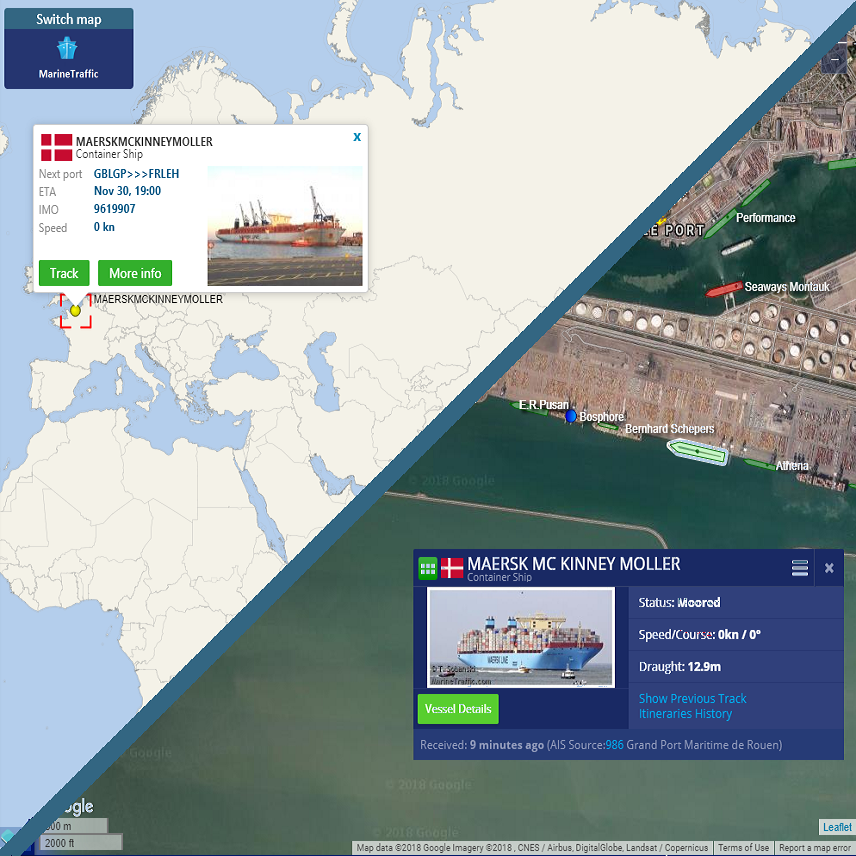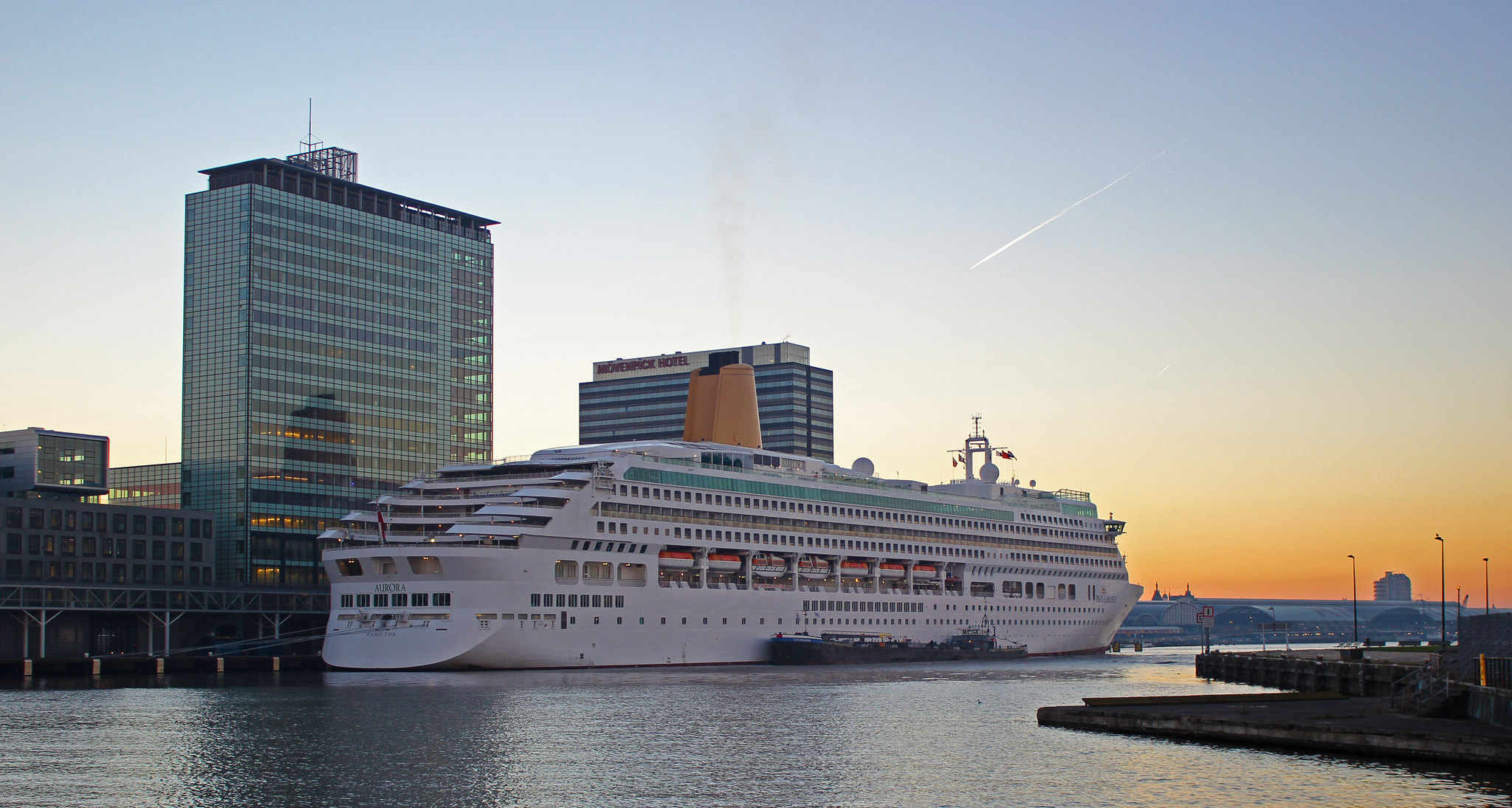Aurora Current Position: A Comprehensive Guide To Understanding The Phenomenon
Exploring the aurora current position is not just about understanding a scientific phenomenon; it’s about unraveling one of nature’s most mesmerizing displays. The aurora, commonly known as the northern or southern lights, captivates observers with its vibrant colors and ethereal beauty. Whether you're a scientist, an enthusiast, or simply a curious individual, understanding the current position of the aurora and its dynamics is crucial for predicting when and where these lights will appear.
The aurora is a result of charged particles from the sun interacting with Earth's magnetic field. This interaction creates stunning light shows in the polar regions, primarily in the Arctic and Antarctic. The current position of the aurora depends on various factors, including solar activity, geomagnetic storms, and Earth's magnetic field alignment. By delving into these factors, we can better understand the aurora's behavior and predict its appearance.
This article aims to provide a comprehensive overview of the aurora current position, covering its scientific basis, geographical distribution, and the tools used to track it. Whether you're planning a trip to witness the aurora or simply want to learn more about this natural wonder, this guide will equip you with the knowledge you need.
Read also:The Last Photo Of Glen Campbell A Heartfelt Tribute To A Legendary Musician
Table of Contents
- Introduction to Aurora Current Position
- The Science Behind Aurora
- Geographical Distribution of Aurora
- Tools to Track Aurora Current Position
- Seasonal Variations in Aurora Activity
- The Role of Solar Activity
- Forecasting Aurora Current Position
- Best Places to Witness Aurora
- Tips for Aurora Hunting
- Future Research on Aurora
- Conclusion
Introduction to Aurora Current Position
The aurora current position refers to the real-time location of the auroral oval, the region around the Earth's magnetic poles where auroras are most likely to occur. Understanding this position is vital for aurora enthusiasts and scientists alike. The auroral oval moves and changes shape depending on solar wind conditions and Earth's magnetic field.
Why Study Aurora Current Position?
Studying the aurora current position helps in predicting when and where the lights will appear. This knowledge is particularly beneficial for travelers planning to witness the aurora, as well as researchers studying space weather and its effects on Earth.
- Enhances aurora prediction accuracy.
- Supports scientific research on Earth's magnetosphere.
- Facilitates better planning for aurora tourism.
The Science Behind Aurora
The aurora is a result of complex interactions between the sun, Earth's magnetic field, and the upper atmosphere. When charged particles from the sun collide with Earth's magnetic field, they are directed towards the polar regions, where they interact with atmospheric gases to produce the vibrant lights we see.
Key Components of Aurora Formation
Several factors contribute to the formation of auroras:
- Solar Wind: A stream of charged particles emitted by the sun.
- Earth's Magnetic Field: Directs the charged particles towards the poles.
- Atmospheric Gases: Nitrogen and oxygen atoms interact with the particles to produce light.
Geographical Distribution of Aurora
The aurora is primarily visible in high-latitude regions, such as Alaska, Canada, Scandinavia, and Antarctica. The auroral oval typically spans latitudes between 65° and 70°, but it can expand during geomagnetic storms.
Factors Influencing Aurora Visibility
Several factors affect the visibility of auroras:
Read also:Films Like The Princess Diaries A Comprehensive Guide For Fans
- Geographical location.
- Time of year.
- Weather conditions.
Tools to Track Aurora Current Position
Several tools and resources are available for tracking the aurora current position. These tools provide real-time data on auroral activity and help enthusiasts plan their aurora hunting trips.
Popular Aurora Tracking Tools
- Aurora Service: Offers aurora forecasts and alerts.
- Space Weather Live: Provides real-time data on solar activity and geomagnetic storms.
- AuroraWatch UK: Alerts users when auroras are likely to be visible in the UK.
Seasonal Variations in Aurora Activity
Aurora activity varies with the seasons, with the best viewing opportunities occurring during the winter months in the Northern Hemisphere. This is because the longer nights provide more opportunities to observe the lights.
Best Seasons for Aurora Viewing
Winter months, particularly from November to February, are ideal for aurora viewing in the Northern Hemisphere. In the Southern Hemisphere, the best time is from May to August.
The Role of Solar Activity
Solar activity plays a crucial role in determining the aurora current position. During periods of high solar activity, such as solar flares and coronal mass ejections (CMEs), the auroral oval can expand, making auroras visible at lower latitudes.
Impact of Solar Cycles on Aurora
The solar cycle, which lasts approximately 11 years, affects auroral activity. During solar maximum, when solar activity is at its peak, auroras are more frequent and intense.
Forecasting Aurora Current Position
Forecasting the aurora current position involves analyzing data from satellites and ground-based observatories. Scientists use this data to predict geomagnetic storms and auroral activity, providing valuable information for aurora enthusiasts.
Methods of Aurora Forecasting
- Satellite observations.
- Geomagnetic indices.
- Space weather models.
Best Places to Witness Aurora
Several locations around the world offer excellent opportunities to witness the aurora. These places are known for their clear skies, low light pollution, and proximity to the auroral oval.
Top Aurora Viewing Destinations
- Abisko, Sweden: Known for its clear skies and Aurora Sky Station.
- Yellowknife, Canada: Offers some of the best aurora viewing in North America.
- Tromsø, Norway: A popular destination for aurora tours.
Tips for Aurora Hunting
Aurora hunting requires patience, preparation, and a bit of luck. Here are some tips to increase your chances of witnessing the aurora:
Essential Aurora Hunting Tips
- Choose a location with minimal light pollution.
- Check aurora forecasts and weather conditions.
- Be prepared for cold weather with appropriate clothing.
Future Research on Aurora
Research on auroras continues to evolve, with scientists exploring new technologies and methods to study this phenomenon. Future research aims to improve aurora forecasting, understand its effects on Earth's magnetosphere, and enhance our knowledge of space weather.
Emerging Technologies in Aurora Research
New technologies, such as advanced satellites and ground-based observatories, are being developed to provide more accurate data on auroral activity.
Conclusion
Understanding the aurora current position is essential for anyone interested in this natural wonder. By studying the science behind auroras, their geographical distribution, and the tools used to track them, we can better predict and appreciate their beauty. Whether you're planning a trip to witness the aurora or simply want to learn more about this phenomenon, the information provided in this article will help you on your journey.
Take action by exploring the resources mentioned in this article, planning your aurora hunting trip, or sharing this guide with others who might find it useful. Together, we can continue to marvel at and learn from one of nature's most breathtaking displays.


